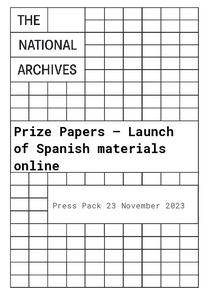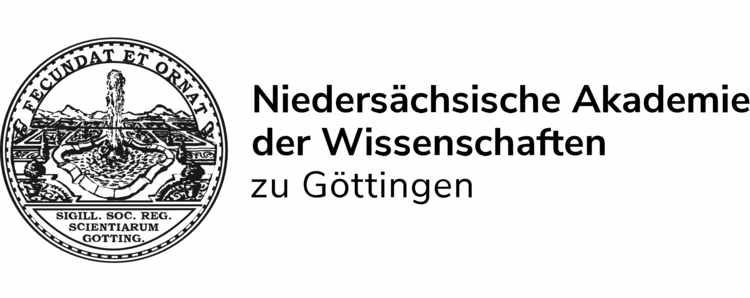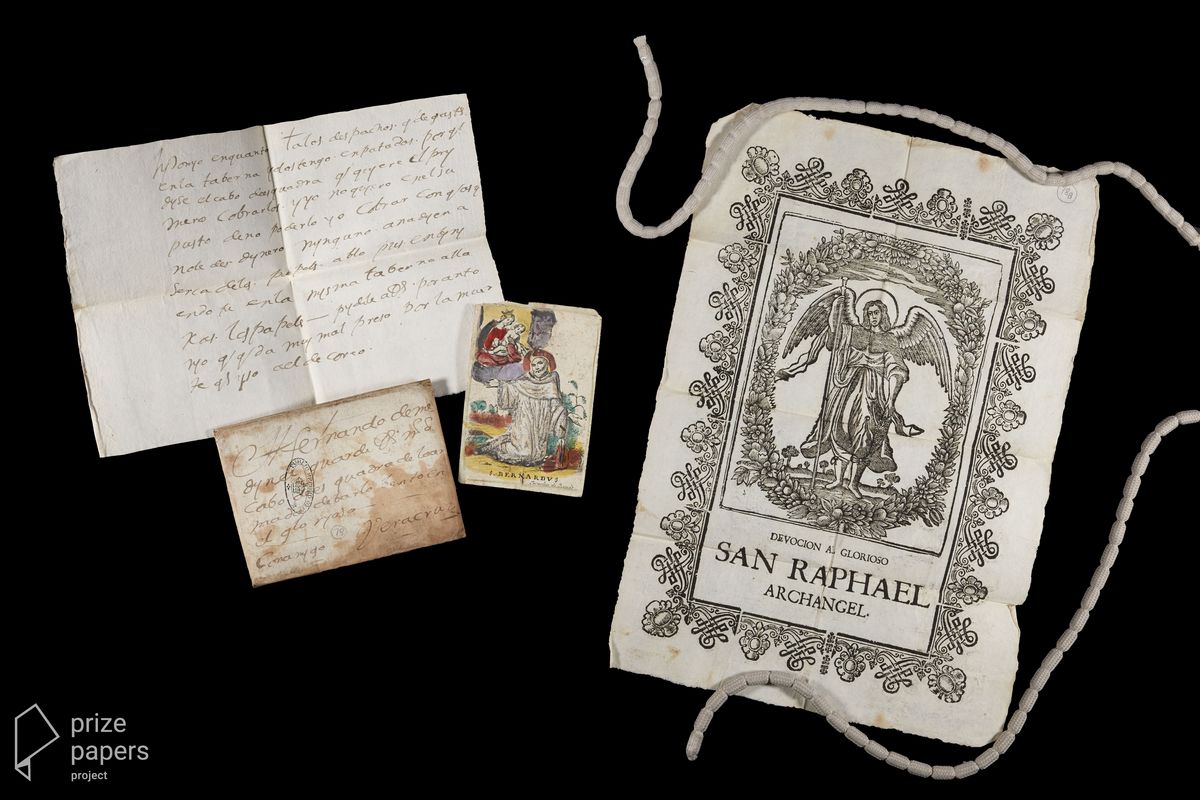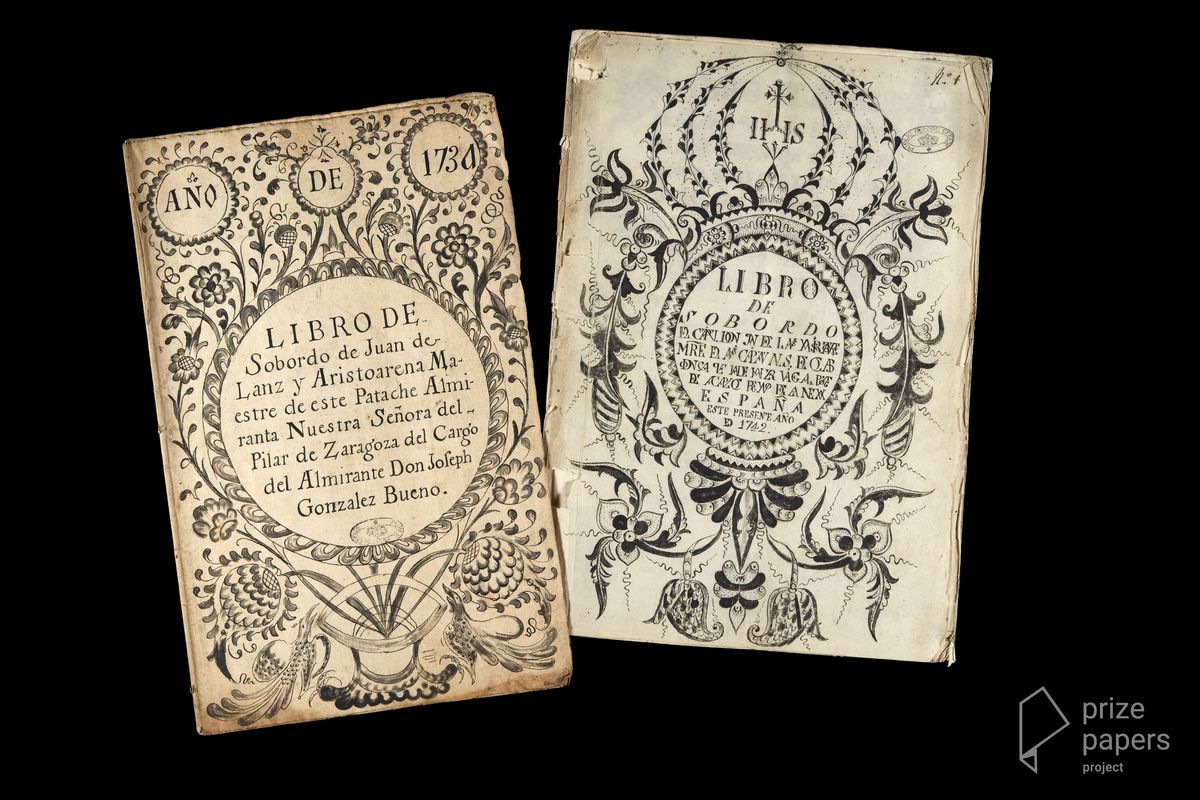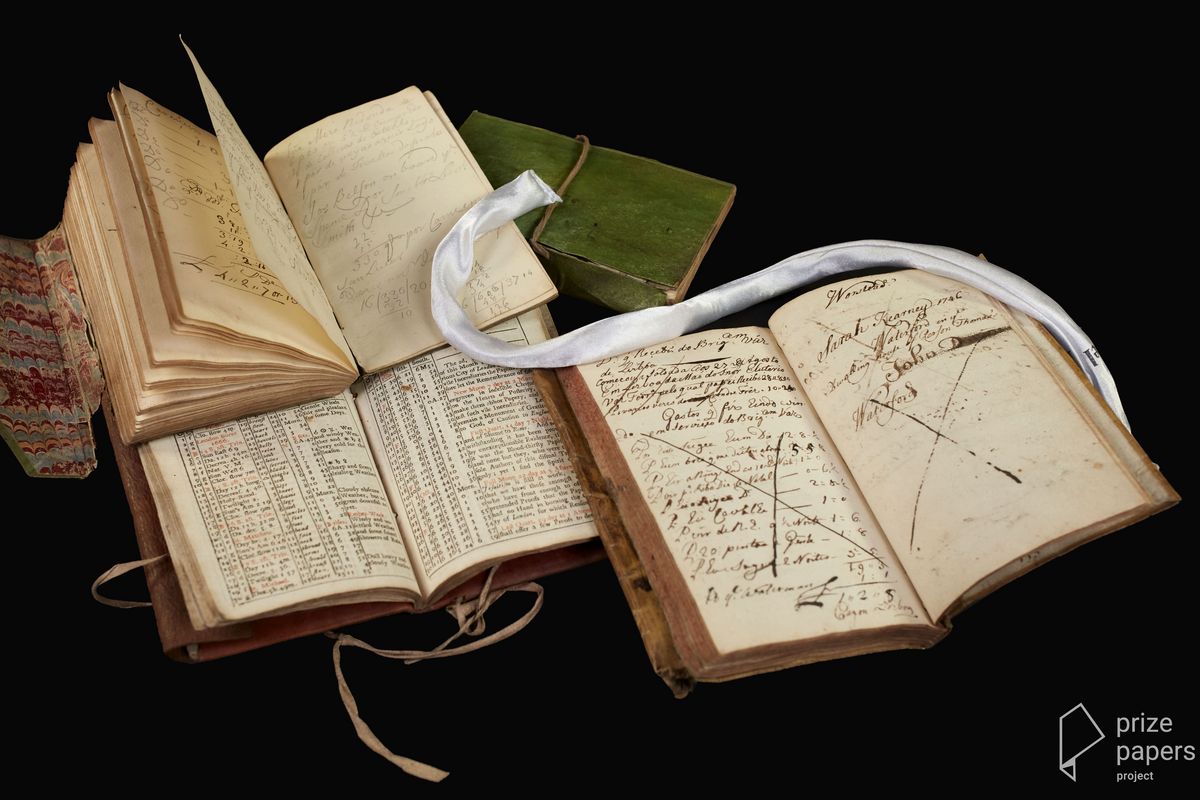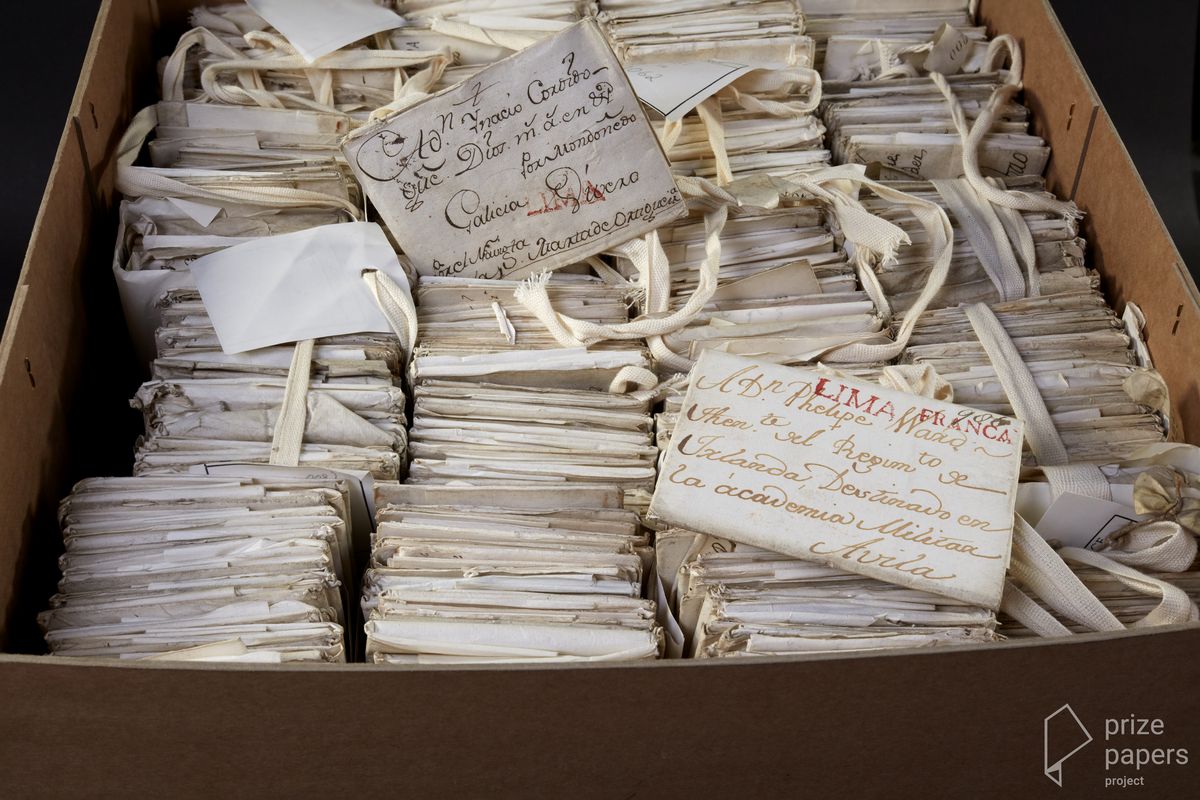Case Study: Spanish Ships
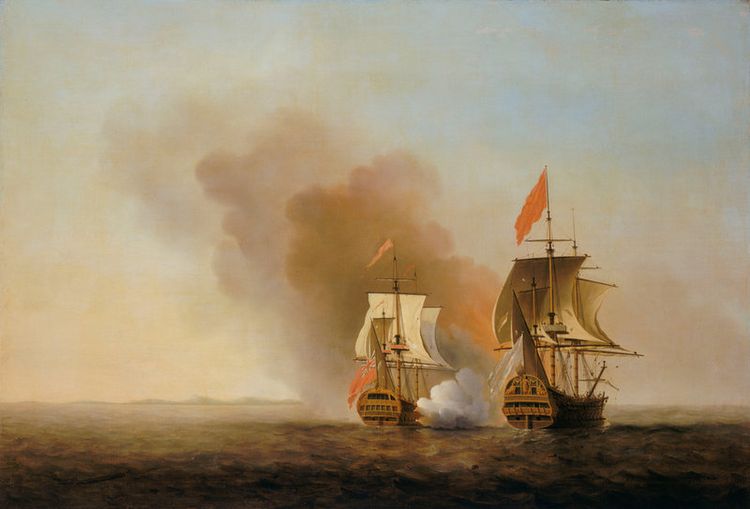
Capture of the Spanish galleon Nuestra Señora de Covadonga by the British ship Centurion, commanded by George Anson, June 20, 1743, Samuel Scott, painting, before 1772, oil on canvas, National Maritime Museum, Greenwich, London, Caird Collection (public domain)
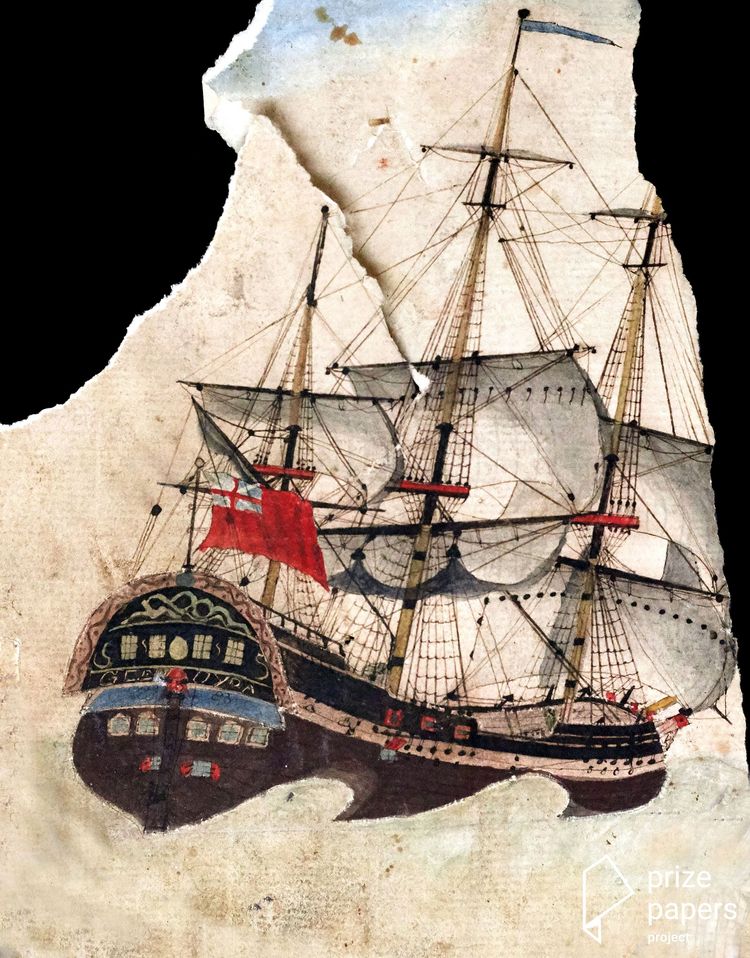
Colorful original drawing of the ship Geetruide with English flag on a single sheet of paper, from 1796, The National Archives, ref. HCA 32/872.
Case Study: Spanish Ships
Over the course of 2022 and 2023, the Prize Papers Project will publish representative case studies of documents that were found aboard captured ships seized by the British during the War of the Austrian Succession (1740-1748). The purpose of these case studies is to introduce our visitors to the richness, character and diversity of the Prize Papers collection.
After two successful launches of case studies relating to French and neutral ships, this third launch will add to the portal thousands of papers from captured Spanish ships which were all taken by the British during the War of Jenkins’ Ear (1739–48) and the War of the Austrian Succession (1740–48).
This launch makes papers from and relating to around 130 Spanish ships captured by the British during these wars available online. Digital copies are now available in our open access database, the Prize Papers Portal, with document level metadata that makes the material easily searchable for users.
The selection of case studies published on this website serve as research guides, with commentaries on particular ships captured and the unique collections of material that survive from each of them.
The Wars
The War of Jenkins' Ear was a war between Great Britain and Spain. Most of the fighting took place in Spanish America, including New Granada and the Caribbean. This war was related to the War of the Austrian Succession (1740-1748). As part of the War of the Austrian Succession, which was a war raging in Europe, America, Russia, India and the Caribbean, Spain was an ally of France. When France entered the war against Great Britain, Spain was at her side. Under the Treaty of Fontainebleau, French King Louis XV and his uncle Philip V of Spain agreed in 1743 to join forces against their archenemy.
The Bourbon Powers
The Bourbon powers and Great Britain were therefore on opposing sides of the theatre of war at this time and fought each other in naval battles, as in the 1741 Battle of Cartagena de Indias, the 1744 Battle of Toulon and 1747 Battle of Cape Finisterre, but also through economic warfare, as the privateers and royal navies of each nation targeted merchant shipping.
The Case Studies
Among the ships captured during this war was Nuestra Señora de Covadonga, a Spanish galleon carrying silver worth over £60 million travelling from Acapulco to Manila, which was taken in the Pacific by the British Commodore George Anson. Papers surviving from this vessel include official documents that detail life aboard and the functioning of the Manila galleons as well as personal and official letters, intended for delivery in the Philippines.
➜ Read the case study by Marília Arantes Moreira
➜ Read also the case study by Oliver Finnegan
Another ship was La Ninfa, a Spanish vessel in transatlantic trade carrying a different kind of treasure: over a hundred letters sent from men and women in Spain to Mexico that was captured by the British “Royal Family” privateer squadron.
➜ Read the case study by Alejandro Salamanca
A third case study deals with the Portugues-flagged ship O Vaz de Lisboa. The capture and condemnation of this ship and her cargo seems extraordinary in view of the long history of friendly Anglo-Portuguese relations and prompts the following question: What was the reasoning behind the High Court of Admiralty's judgement to condemn the ship O Vaz de Lisboa and the brandy as lawful prizes?
The First Volunteer
For the first time, this launch also includes the results of the work of an external volunteer, Jane Gould, who provided metadata on 10 Spanish ships captured by the British.

“I'm a retired writer and editor from Los Angeles, CA, USA. I got involved with the Prize Papers after reading an article about the collection in the New York Times, and I was so thrilled by it that I immediately contacted the British Archives to see if they needed help sorting through the huge amount of materials. I thought hundreds would volunteer for such a chance. It turns out I was deluded about the number of people who get excited about reading old documents, but I was right about what a fascinating project this is. I've enjoyed deciphering the curlicued handwriting of court notaries and reading the words of a mariner who threw cannons overboard to outrun privateers or the attempts of a French widow to reclaim her merchant ship. It's wonderful to see the colors and voices of history that are missed in contemporary sources, and it's been a pleasure to have this opportunity.”
These Spanish Prize Papers are largely unknown to researchers and provide insights into everyday life in Spain, the Caribbean, and Central and South America, but also detail the political and military conflicts of the period.
This is the first tranche of Spanish records and in future more letters, papers and objects taken from thousands of Spanish ships will be digitised over the coming years, making the Project of ongoing interest for anyone with an interest in the history of Spain, the former Spanish colonies and the wider world.

Prof. Dr Dagmar Freist
Project Director
I am very happy that our collaborative Prize Papers Project between Oldenburg University in Germany and The National Archives UK is now launching its third case study, this time focusing on Spanish Ships. With these case studies we put online and contextualize amazing records which provide a so far unknown everyday live perspective on colonialism and globalization. The rich documents from Spanish ships displayed here are just the first to be presented with many more to follow as the project proceeds. I would like to emphasize the international research network accompanying our project, and I am extremely happy about the researchers from around the world on board.
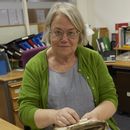
Dr Amanda Bevan
Head of Legal Records and Head of the National Archives' Prize Papers Team
The papers taken from these 130 captured Spanish ships represent a small fraction of the Spanish prize papers still awaiting discovery at the National Archives. As we now work through the papers of the American Revolutionary War, we know we will find many more - ranging from many letters from Peru or Cuba to smaller numbers of papers on ships trading in Europe. It is a really exciting project which will have a profound impact on how Spanish people at home or overseas in the 18th century can be seen and heard anew.


